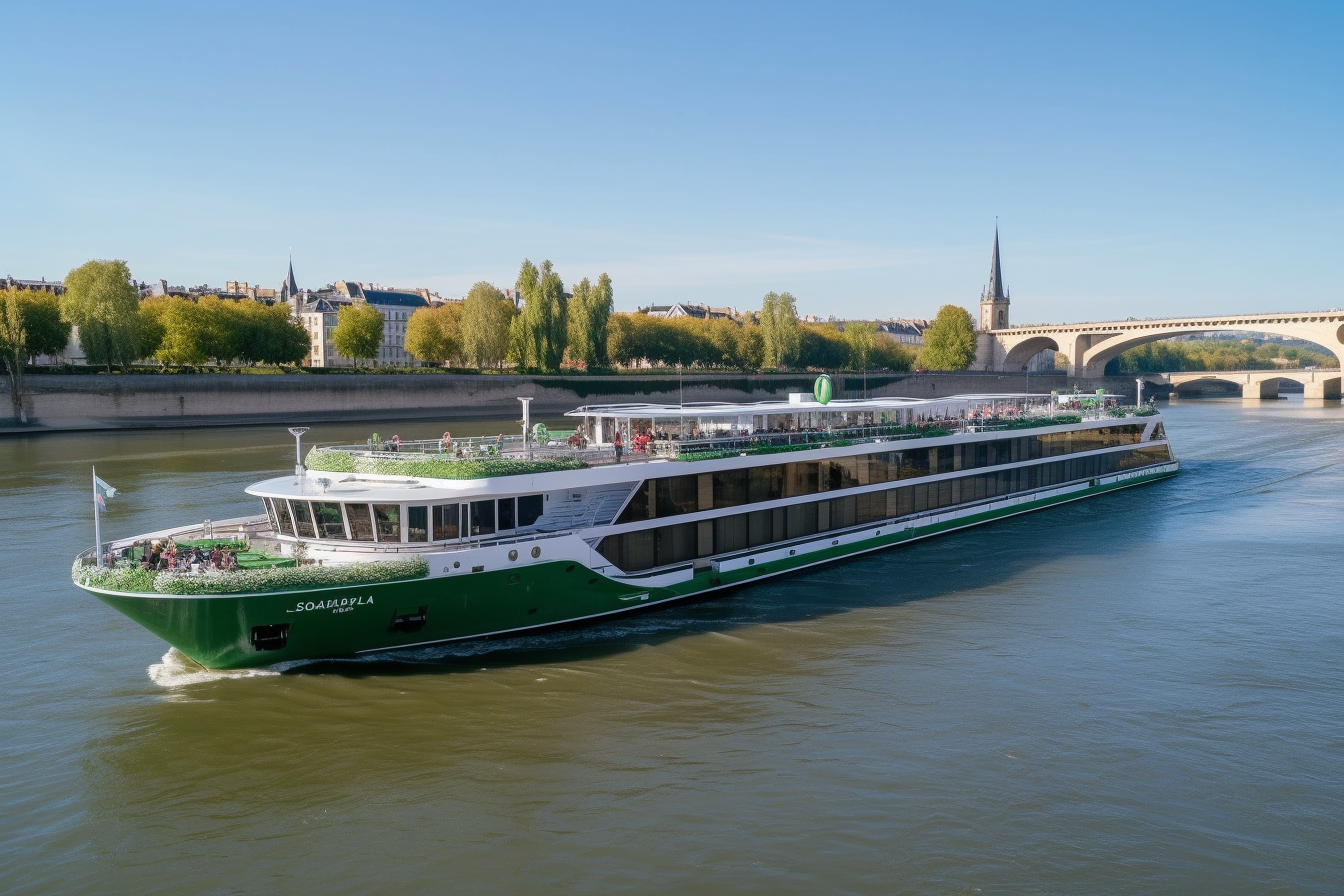Exploring the Enchanting World of River Cruises: A Comprehensive Guide
River cruises offer a unique and captivating way to explore the world's most beautiful waterways, combining the convenience of a floating hotel with the charm of picturesque landscapes and historic cities. This form of travel has gained immense popularity in recent years, attracting travelers seeking a more intimate and leisurely experience compared to ocean cruises. From the romantic rivers of Europe to the exotic waterways of Asia, river cruises provide an opportunity to immerse oneself in diverse cultures and stunning scenery.

Unlike ocean cruises that may spend days at sea, river cruises offer ever-changing scenery with frequent stops at multiple destinations. Passengers can enjoy panoramic views of countryside, historic towns, and iconic landmarks from their cabins or the ship’s deck. The focus on cultural immersion and guided excursions at each port of call provides a deeper connection to the destinations visited.
What types of river cruises are available?
River cruises cater to a wide range of interests and preferences, offering diverse itineraries across the globe. Some popular options include:
-
European River Cruises: Exploring iconic rivers like the Rhine, Danube, Seine, and Douro, showcasing the continent’s rich history and culture.
-
Asian River Cruises: Journeys along the Mekong, Yangtze, or Irrawaddy rivers, providing insight into ancient civilizations and modern-day life in countries like Vietnam, China, and Myanmar.
-
African River Cruises: Adventures on the Nile or Chobe rivers, combining wildlife viewing with visits to ancient Egyptian sites.
-
American River Cruises: Voyages on the Mississippi, Columbia, and Snake rivers, offering a glimpse into America’s heartland and the Pacific Northwest.
-
Amazon River Cruises: Expeditions through the world’s largest rainforest, focusing on nature and indigenous cultures.
What amenities can you expect on a river cruise ship?
While river cruise ships may be smaller than ocean liners, they still offer a range of amenities to ensure a comfortable and enjoyable journey. Most vessels feature well-appointed cabins with river views, often including balconies or floor-to-ceiling windows. Common areas typically include a main dining room, lounge areas, a sun deck, and sometimes a small fitness center or spa.
Onboard dining is usually of high quality, with menus often reflecting the local cuisine of the regions visited. Many river cruise lines include complimentary wine and beer with meals, as well as free Wi-Fi throughout the ship. Entertainment tends to be more low-key compared to ocean cruises, focusing on educational lectures, local performances, and socializing with fellow passengers.
How do river cruises enhance cultural immersion?
One of the main attractions of river cruises is the opportunity for in-depth cultural experiences. Ships often dock in the center of towns and cities, allowing easy access to local attractions. Most river cruise packages include guided tours at each stop, led by knowledgeable local guides who provide insights into the history, art, and traditions of the region.
Many itineraries also incorporate unique cultural experiences, such as wine tastings in renowned vineyards, visits to local markets, or even home-hosted meals with local families. These intimate encounters provide a more authentic and memorable travel experience, allowing passengers to connect with the destinations on a deeper level.
What are the best seasons for river cruising?
The ideal time for a river cruise depends on the destination and personal preferences. In Europe, the most popular season is from April to October, with pleasant weather and longer daylight hours. Christmas market cruises in December are also highly sought after for their festive atmosphere.
For Asian river cruises, the dry season (typically November to April) is often preferred, as water levels are more predictable and the weather is generally more comfortable. However, each season offers its own unique experiences, from spring blooms to autumn foliage, making river cruising an attractive option year-round.
How do river cruise prices compare to other travel options?
River cruises are often perceived as a premium travel option, with prices generally higher than some land-based tours or ocean cruises. However, the all-inclusive nature of most river cruise packages can provide good value for money when considering the inclusions.
| Cruise Line | Destination | Duration | Estimated Price Range (per person) |
|---|---|---|---|
| Viking River Cruises | Rhine River | 8 days | $1,999 - $4,999 |
| AmaWaterways | Danube River | 7 days | $2,499 - $5,999 |
| Avalon Waterways | Mekong River | 8 days | $2,599 - $6,299 |
| American Cruise Lines | Mississippi River | 8 days | $3,695 - $7,795 |
| Uniworld | Nile River | 12 days | $4,999 - $9,999 |
Prices, rates, or cost estimates mentioned in this article are based on the latest available information but may change over time. Independent research is advised before making financial decisions.
Typically, river cruise fares include accommodation, meals, most beverages, guided tours, and onboard activities. When comparing costs, it’s important to consider these inclusions, as well as the convenience and unique experiences offered by river cruising.
River cruises offer a distinctive way to explore the world’s waterways, combining comfort, culture, and convenience. Whether sailing through the heart of Europe, along the exotic rivers of Asia, or exploring the natural wonders of the Amazon, these journeys provide unforgettable experiences and a fresh perspective on travel. As the popularity of river cruising continues to grow, it remains an excellent option for those seeking a more intimate and immersive travel experience.






